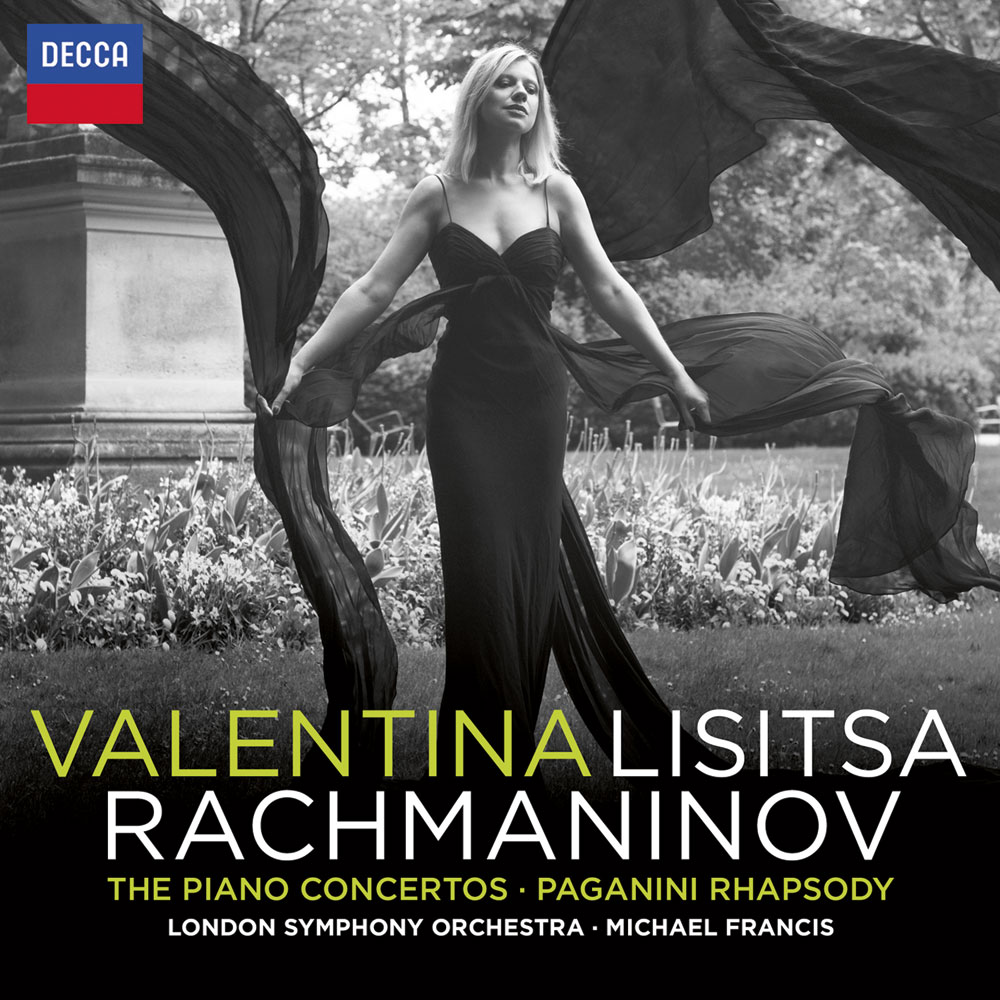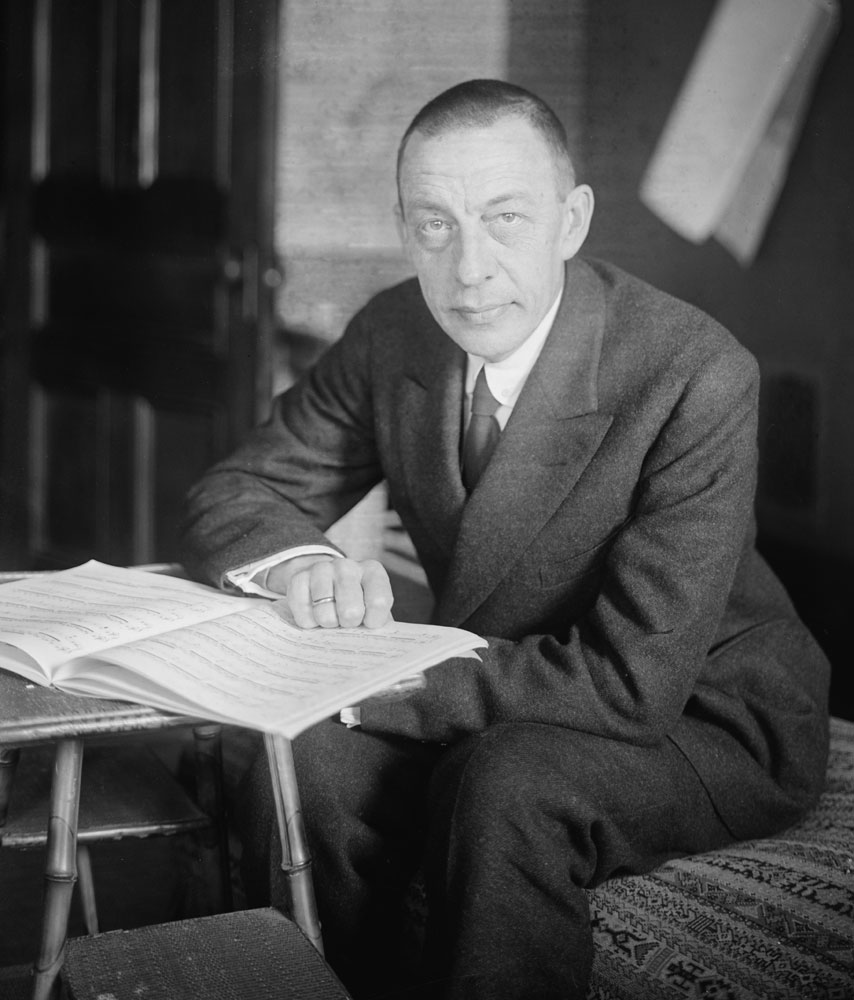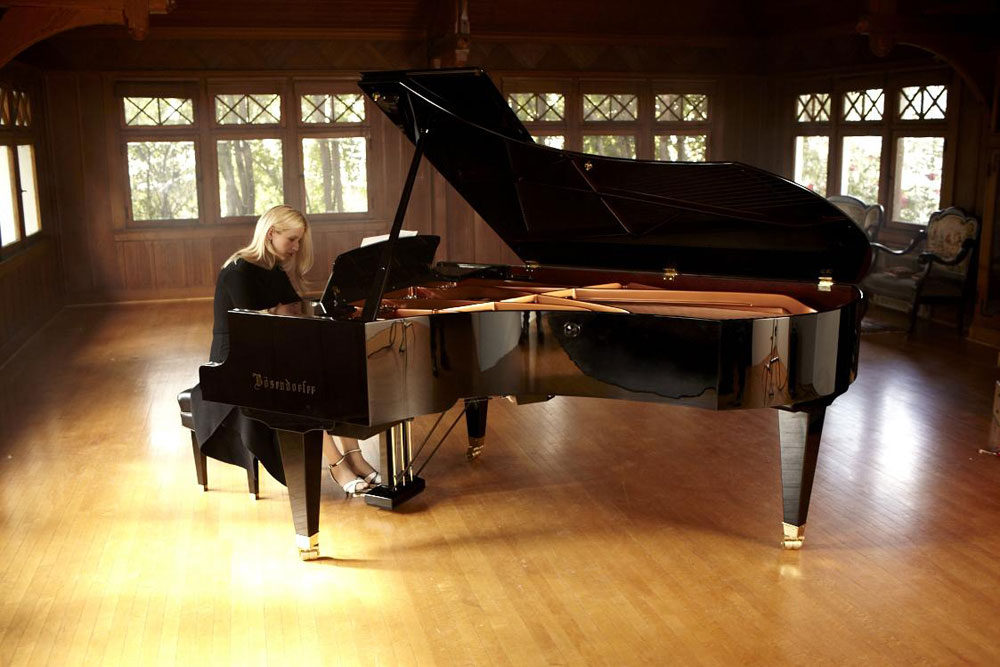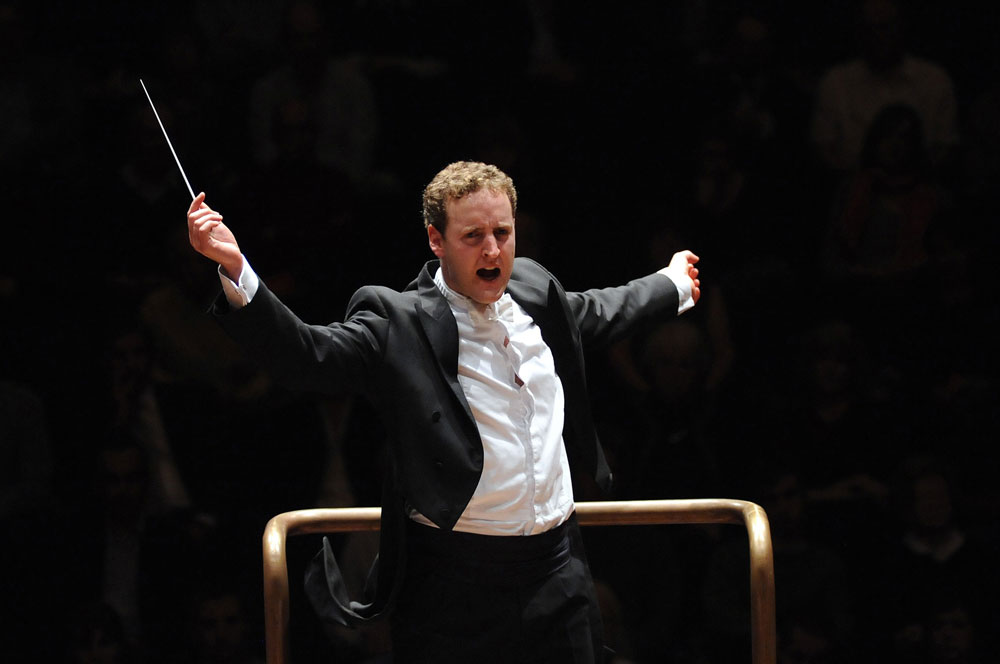
What better way to launch a new website dedicated to the performing arts than the commemoration on April 1st of the 140th anniversary of the birth of Sergei Rachmaninov. One of the last great composers of the Romantic era in Russian classical music, he was also one of the finest pianists of his day.
To celebrate this occasion, Preview is delighted to announce that Decca Classics has just released an album of all four Rachmaninov Piano Concertos, together with his Rhapsody on a Theme of Paganini, featuring sensational Ukranian pianist, Valentina Lisitsa, with the London Symphony Orchestra led by Michael Francis, one of the fastest rising young stars in the world of conducting.
Sergei Vasilievich Rachmaninov was born in 1873 at Semyonovo, near Great Novgorod, in north-western Russia. He studied at both the St Petersburg and the Moscow Imperial conservatories, received piano tuition from Nikolai Zverev and studied composition under Anton Arensky. It was at the Moscow Conservatory that Rachmaninov met the composer who was to make a deep impression on him, and who later became his mentor – Peter Ilyich Tchaikovsky.

Rachmaninov was just 18 when he composed his Piano Concerto No 1 in 1891. Dedicated to pianist, conductor and composer, Alexander Siloti, it was apparently his second attempt at writing a concerto – and one to which he returned in 1917, revising it completely.
Considering the popularity of his work today, it’s hard to believe that the psychological effect on Rachmaninov following the failure of his next major work – his Symphony No 1 – deterred him from writing anything more for the next three years. The work that followed this severe setback, however – his Second Piano Concerto – was worth waiting for, judging by the enthusiasm with which it was received and the fact that it has since become one of his best known, loved and most frequently performed compositions. Written between autumn 1900 and the following April, it wasn’t performed in its entirety until November 1901, with the composer himself as soloist at its premiere.
Rachmaninov didn’t write another piano concerto until 1909, the year in which he was invited to tour the United States as a pianist, and he produced his Piano Concerto No 3 for the occasion. Although these concerts were extremely successful and brought him great popularity, he didn’t return to the States until after he’d emigrated from Russia, a decision taken once he realised that the 1917 Revolution had completely changed life in Russia as he knew it. Having lost his estate, his lifestyle and his livelihood, he departed from his homeland, with his family, and never returned.
He ultimately arrived in the United States in 1918, and it was in 1926, whilst he was living in New York, that Rachmaninov composed most of his Piano Concerto No 4. With more than a hint of Gershwin about it, this concerto was possibly inspired by Rachmaninov’s enthusiasm for the orchestral jazz which was so popular in the city at that time – the music of Gershwin, Paul Whiteman and his orchestra, Duke Ellington and also for the pianist Art Tatum.
Rachmaninov remained in the United States for most of the rest of his life, apart from a series of summers, between 1932 and 1939, which he spent at a villa he’d built on Lake Lucerne in Switzerland, and where he composed his Rhapsody on a Theme of Paganini in July and August 1934. The premiere, at the Lyric Opera House in Baltimore, on November 7th of that year, was given by the Philadelphia Orchestra conducted by Leopold Stokowski, with the composer as soloist.
Rachmaninov died in Beverly Hills, California, on 28th March, 1943, shortly before his 70th birthday – “a man and musician of uncommon human and artistic integrity, sincerity and decency”, wrote the late Michael Steinberg, former programme annotator of the San Francisco Symphony.
Valentina Lisitsa has travelled a somewhat unorthodox path to international fame. Born in Kiev, she began playing the piano at the age of three, and studied at the Lysenko Music School for Gifted Children, before enrolling at the Kiev Conservatory. She enjoyed a period of moderate success as a solo pianist, but a few years ago was on the verge of giving up her desire to become a concert pianist, resigning herself to earning a living by becoming a piano teacher.

Her natural determination then kicked in, and she realised that having a talent without the ability to market herself wasn’t enough, so she learned to harness the power of the internet, and started posting home-made video clips (filmed by her husband) on YouTube. To say that they have become something of a sensation is to put it mildly. With over 50 million YouTube hits to her credit, Valentina Lisitsa is now one of the most viewed classical musicians on the internet.
She has a repertoire which includes 40 concertos, featuring works by a wide range of composers, from Bach, Mozart, Beethoven and Chopin to Shostakovich and Bernstein, and a performance schedule which has taken in Carnegie Hall, Avery Fisher Hall and the Musikverein. She has appeared with some of the major orchestras in the United States, and also in Europe, Seoul and Brazil. Her recital at the Royal Albert Hall last year was described by The Daily Telegraph as “a transcendent performance”.
British conductor, Michael Francis, has acquired an impressive reputation since he got his first conducting break in 2006. A member of the bass section of the London Symphony Orchestra, he was called to take over a rehearsal of the Shostakovich Symphony No 4 – with no notice at all – for Valery Gergiev. More step-in opportunities then presented themselves, as he stood in again for Gergiev, and for composer/conductor John Adams, in performances with the LSO, as well as for André Previn, with the Stuttgart Radio Symphony Orchestra and soloist Anne-Sophie Mutter. This resulted in a highly successful collaboration with Ms Mutter, including Francis’ debut with the New York Philharmonic, and tours to a number of European cities and the Far East.

Further step-in opportunities arose in 2010 – with the Tokyo City Philharmonic Orchestra, and the San Francisco Symphony. “In the small world of symphony conductors, Michael Francis is the real thing,” wrote Steven Kruger in The Berkshire Review that year. “And the world has noticed ….. He is clearly headed for a major career.” Now one of San Francisco’s most popular guest conductors, Michael Francis led the 2011 and 2012 summer seasons in the city’s Davies Symphony Hall, as well as the 2011 and 2012 New Year’s Eve concerts.
A much sought-after name on the international conducting circuit, and acclaimed by critics and audiences alike, Michael Francis has appeared with some of the world’s finest orchestras – in the US, Canada, the UK and continental Europe. He is also Chief Conductor and Artistic Advisor of Sweden’s Norrköping Symphony Orchestra.
The professional relationship between Valentina Lisitsa and Michael Francis began with a few recordings which they made together at London’s Abbey Road studios – and “there was an immediate natural relationship”, Francis says, “Sometimes it just clicks.” He’s a great admirer of her “very fresh” style, and even though “she’s come a slower route, it’s an amazing example of how technology has helped. She’s by far the most watched artist on Youtube.”
Valentina Lisitsa and her husband remortgaged their home to fund the hire of the LSO and the Abbey Road studios for these recordings, and if the initial online reception to the staged release of the e-versions is anything to go by, they and everyone involved in this production, are on to a winner.
“Each concerto is a perfect showcase for her talent,” says Classic FM. “In tackling these huge cornerstones of the piano repertoire in her debut studio album, Valentina Lisitsa proves it’s not just Rachmaninov who should be taken seriously.”
Music commentator, Norman Lebrecht, writes: “The first thing that strikes you about this set is the pianist’s authority, her absolute conviction that each phrase can only be articulated in a certain way, her way.”
“In everything she does, there seems to be a special combination of utterly self-assured virtuosity and real lyricism and communication…” The Guardian (June 15th, 2012)
Following Michael Francis’ recent appearance with the Seattle Symphony, The Seattle Times’ Classical Review wrote: “He is now well on his way to making a career in his own right. His credentials – clarity, lyricism and rapport with the musicians – were amply evident in his Thursday return to the Seattle Symphony.” (March 16th, 2013).
Concert Review – Seen and Heard International referred to “the resplendent performance guest conductor Michael Francis drew from the Seattle Symphony”. (18th March, 2103)
Details on buying this album can be found on the Deutsche Grammophon website
Visit www.valentinalisitsa.com to view footage of the recording this album, and see Ms Lisitsa talking about the challenges which these works present.
Follow these links to read more about Valentina Lisitsa and Michael Francis

Leave a Reply